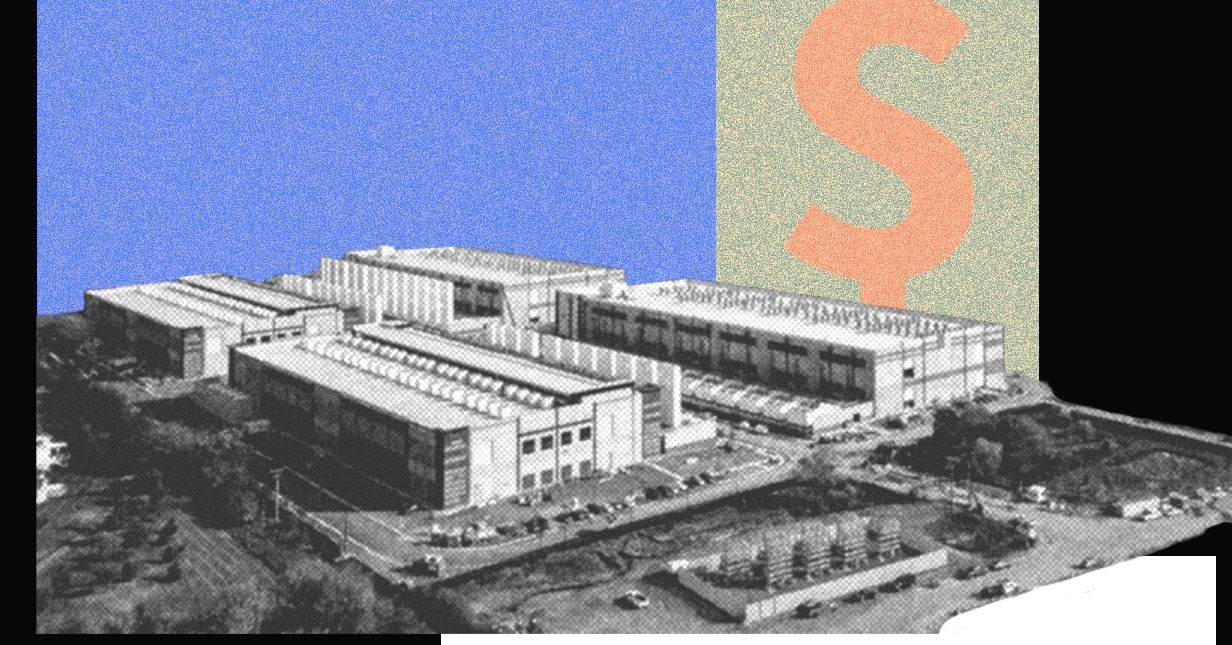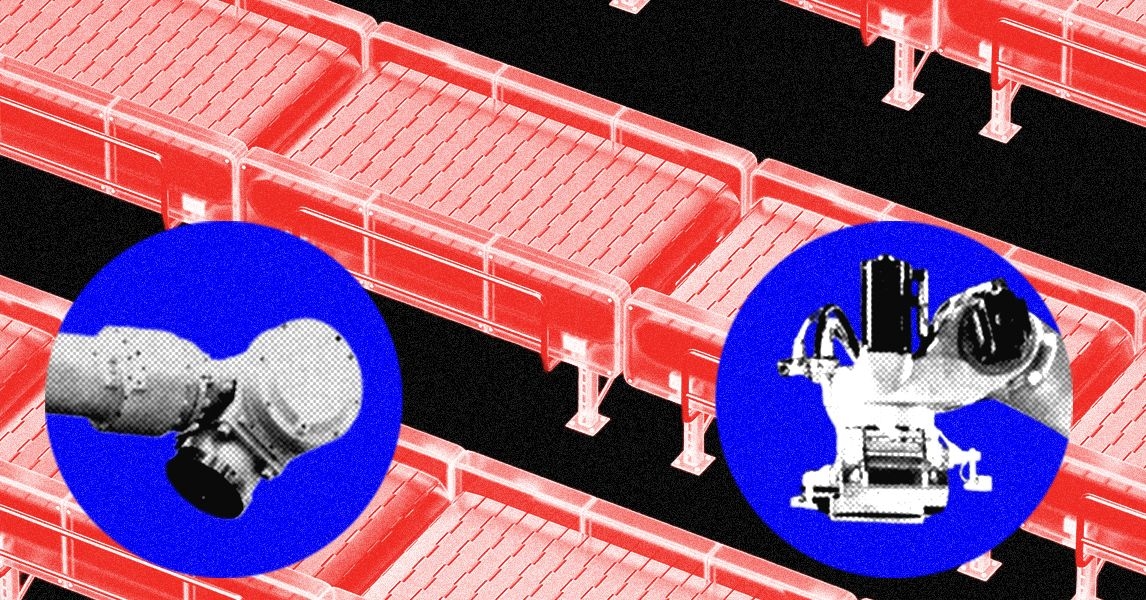The AI Data Center Boom Is Warping the US Economy

The amount of capital pouring into AI data center projects is staggering. Last week, Microsoft, Alphabet, Meta, and Amazon reported their 2025 capital expenditures would total roughly $370 billion, and they expect that number to keep rising in 2026. The biggest spender last quarter was Microsoft, which put nearly $35 billion into data centers and other investments, equivalent to 45 percent of its revenue.
Rarely, if ever, has a single technology absorbed this much money this quickly. Warnings of an AI bubble are getting louder every day, but whether or not a crash eventually happens, the frenzy is already reshaping the US economy. Harvard economist Jason Furman estimates that investment in data centers and software processing technology accounted for nearly all of US GDP growth in the first half of 2025.
Today, we’re looking at how data centers are impacting three crucial areas: public markets, jobs, and energy.
Cashing OutThe US stock market is booming, mostly thanks to AI. Since ChatGPT launched in November 2022, AI-related stocks have accounted for 75 percent of S&P 500 returns and 80 percent of earnings growth, according to JPMorgan’s Michael Cembalest. The question now is whether that growth will be sustainable as tech firms continue spending heavily on AI infrastructure.
At the start of this year, tech giants were financing their AI projects mostly with cash they had on hand. As financial journalist Derek Thompson pointed out, the ten largest US public companies kicked off 2025 with historically high free cash flow margins. In other words, their businesses were so profitable that they had billions of dollars sitting around to put towards Nvidia GPUs and data center buildouts.
That trend has largely continued through 2025. Alphabet, for example, told investors last week that its capital expenditures this year would be as much as $93 billion, an increase from its previous estimate of $75 billion. But it also reported that revenue was up 33 percent year over year. Put another way, Silicon Valley is both spending more and earning more. That means everything is fine, right?
Not exactly. For one thing, tech giants appear to be using accounting tricks to make their financials look rosier than they may really be in reality. A significant portion of AI investment flows to Nvidia, which releases new versions of its GPUs approximately every two years. But companies like Microsoft and Alphabet are currently estimating that their chips will last six years. If they need to upgrade sooner to stay competitive—a likely possibility—that could wind up eating into their profits and weaken their overall performance.
Some tech companies have spent so much on AI recently that they have been forced to look for new sources of funding. One noteworthy example is Meta, which recently announced a $27 billion deal to develop a cluster of data centers in Louisiana. The project was created through a special purpose vehicle (SPV), an increasingly common organizational structure that allows firms to avoid putting large amounts of debt on their balance sheets. Last week, Meta said it also raised another $30 billion in debt through a more conventional channel: selling corporate bonds.
Parched for PowerA single data center may house tens of thousands of GPUs that can collectively perform trillions of operations in the course of an AI training run. That massive computing power generates intense heat, and the hardware needs to be cooled to keep running safely. As the race to build AI infrastructure accelerates, it’s placing intense pressure on the US energy grid.
Part of the problem is that the US simply isn’t building enough grid capacity to support all of the data centers currently being built. “I think it is very likely we will see a lot of these facilities constructed with computing equipment in place but there won’t be electrons to power these facilities, because the fuel resources aren’t in place,” says Zachary Krause, an energy analyst at East Daley Analytics who has studied the data center industry.
Because supply can’t keep pace with demand, energy prices are rising, especially in communities near data centers. In the first half of 2025, American utilities sought nearly $30 billion in rate increases, according to The New Yorker.
Last year, the US deployed 49 GW of renewable energy infrastructure, according to the American Clean Power Association. China, meanwhile, added 429 GW. The Chinese government is also reportedly offering generous energy subsidies to domestic tech giants like ByteDance and Alibaba to help keep their energy costs down.
In a letter sent to the White House last week, OpenAI warned that “limits on how much electricity the US can generate to power AI development” are threatening the country’s ability to maintain its global lead in artificial intelligence.
Hiring HaitusThe data center boom is coinciding with a softening labor market. Private employers in the US added just 42,000 jobs in October, mostly in education and healthcare, according to the payroll processor ADP. Big tech companies, however, have been shedding workers, even as they report record profits. Amazon announced last week that it would eliminate 14,000 corporate roles and more cuts are expected soon. Microsoft, meanwhile, laid off about 15,000 people during two rounds of cuts in May and July.
While it’s easy to look at these trends and assume that AI is leading to widespread job loss, the story isn’t quite so simple. There’s some evidence that generative AI is eliminating entry-level roles in certain industries, like software engineering. Many companies are also eager to find ways to automate tasks that humans currently do. Amazon, for example, estimated that it could avoid hiring 160,000 people in the US by 2027 by relying on robots, according to internal documents reviewed by The New York Times.
But at least right now, the main factor impacting jobs isn’t necessarily AI itself, but the data centers powering it. Big companies and investors have a limited amount of capital to spend each year, and they’re putting the majority of it toward building data centers. That means less investment is flowing to other sectors like manufacturing, which lost 3,000 jobs last month according to ADP.
This is an edition of the Model Behavior newsletter. Read previous newsletters here.
wired




